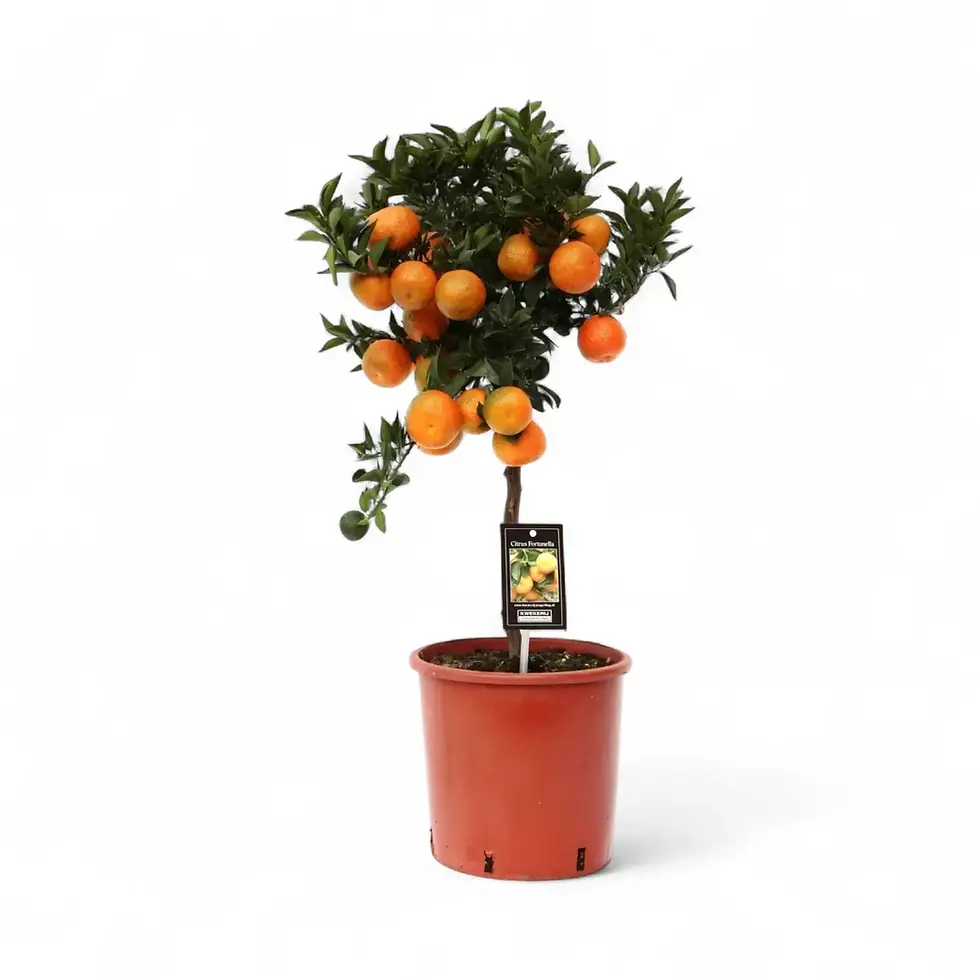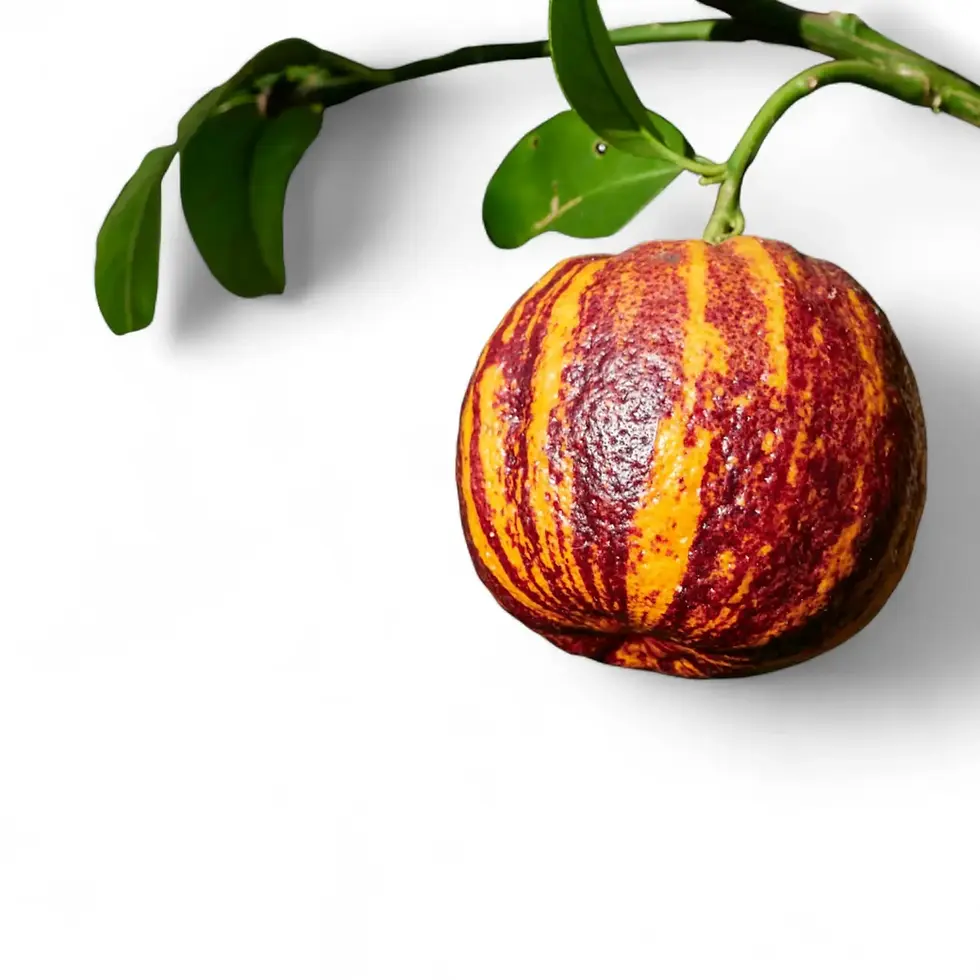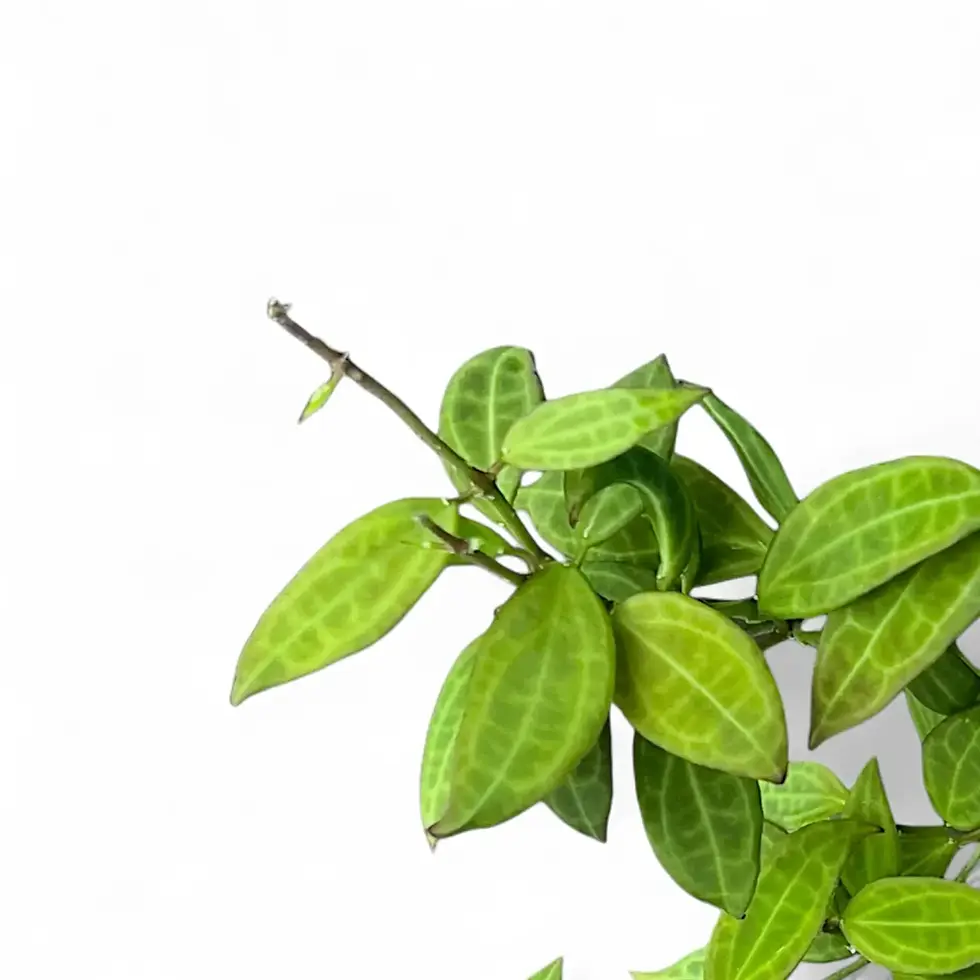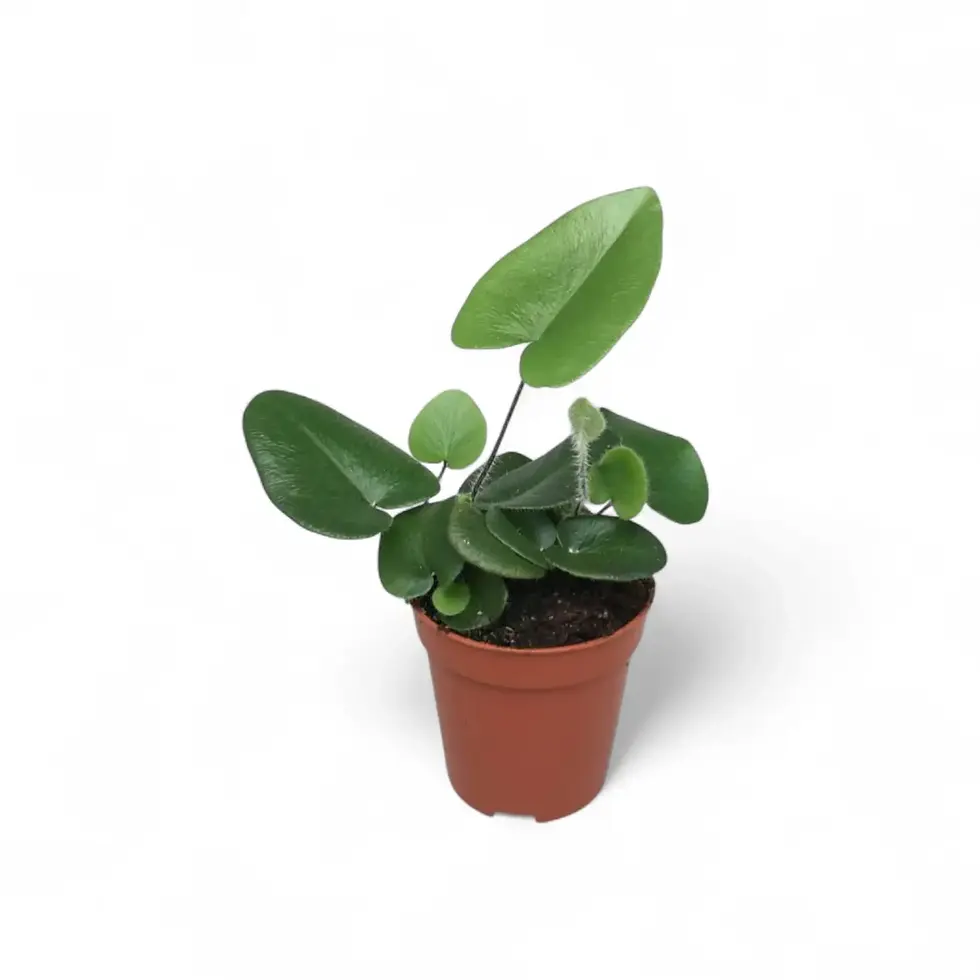Beaucarnea recurvata – Full Plant Profile and Care Instructions
Beaucarnea recurvata, widely known as the Ponytail Palm, is an architectural succulent valued for its thick, swollen trunk and elegant cascade of long, recurved leaves. Native to arid regions of Mexico, it brings a bold, sculptural statement to any indoor setting.
Distinctive Features of Beaucarnea recurvata
- Water Storage: The bulbous base acts as a reservoir, helping the plant survive prolonged dry periods.
- Low Maintenance: Needs infrequent watering and minimal intervention, ideal for busy lifestyles.
- Longevity: Can live for decades indoors with proper care, becoming a striking household companion.
- Drought Adaptability: Naturally evolved to withstand extended drought conditions with ease.
Origin and Natural Habitat
Beaucarnea recurvata is endemic to eastern Mexico, including Veracruz, Tamaulipas, and San Luis Potosí. It grows on rocky, well-drained slopes in semi-arid to arid regions, often at elevations up to 1,400 meters. These environmental adaptations explain its low water needs and preference for bright conditions.
Plant Care Guide for Beaucarnea recurvata
- Light: Prefers bright, indirect sunlight. Can tolerate direct morning sun but avoid harsh afternoon exposure indoors.
- Water: Allow soil to dry completely between waterings. Water deeply but infrequently, especially during active growth periods.
- Humidity: No special humidity requirements; thrives in typical indoor conditions.
- Temperature: Optimal range is 18–27 °C. Protect from sudden temperature drops below 10 °C.
- Soil: Use fast-draining cactus mix combined with perlite and coarse sand for optimal drainage.
- Pot Selection: Choose terracotta or ceramic pots with drainage holes to support aeration and prevent root rot.
- Repotting: Repot every 3–4 years or when severely rootbound. Avoid oversized pots to prevent excess soil moisture.
- Fertilization: Feed lightly during spring and summer with diluted succulent fertilizer. Avoid heavy feeding to prevent trunk swelling anomalies.
- Propagation: Primarily propagated via basal offsets. Cuttings are difficult and rarely successful outside of specialized setups.
- Growth Rate: Naturally slow to moderate, ensuring it remains manageable for indoor cultivation.
Can Beaucarnea recurvata Grow in Semi-Hydroponic Systems?
While traditional soil is best, Beaucarnea recurvata can adapt cautiously to semi-hydroponic setups using LECA or pumice with excellent oxygenation. Pure hydroponics is not recommended for long-term health.
Common Problems and Solutions for Beaucarnea recurvata
Pest Management
- Problem: Vulnerable to spider mites and mealybugs under stress.
- Solution: Wipe leaves gently or treat with insecticidal soap as needed.
Root Rot
- Problem: Overwatering or poor drainage leads to soft, mushy roots.
- Solution: Always allow the soil to dry completely before watering again. Use a fast-draining substrate.
Leaf Issues
- Browning Tips: Often caused by inconsistent watering or dry indoor air.
- Yellowing Leaves: Linked to overwatering or nutrient imbalances.
- Slow Growth: A result of insufficient light or depleted nutrients.
Additional Tips for Thriving Beaucarnea recurvata
- Rotate the plant every few months for even light exposure and symmetrical growth.
- Reduce watering drastically during winter when metabolic activity slows.
- Avoid misting — dry air is not a concern for this drought-adapted species.
Etymology of Beaucarnea recurvata
The genus name Beaucarnea honors Belgian horticulturist Jean-Baptiste Beaucarne. The species epithet recurvata refers to the gracefully arching, backward-curving shape of its long leaves.
Frequently Asked Questions About Beaucarnea recurvata
Can Beaucarnea recurvata adapt to low light?
It tolerates lower light but grows slower. Bright, indirect light ensures better leaf color and trunk health.
How do you propagate Ponytail Palm?
Propagate using basal offsets. Allow offsets to root in well-draining soil rather than attempting trunk cuttings.
Is Beaucarnea recurvata toxic to pets?
Non-toxic according to ASPCA, but ingestion may cause mild stomach upset in sensitive animals.
How often should I water my Ponytail Palm indoors?
Roughly every 3–4 weeks, depending on environmental humidity and light. Always allow full soil drying between waterings.
Bring Beaucarnea recurvata Into Your Home
Ready to enjoy timeless elegance with minimal effort? Shop Beaucarnea recurvata online now at Foliage Factory and add a true architectural statement to your indoor collection!
Beaucarnea recurvata
Beaucarnea recurvata comes in following sizes:
S – is approximately 35 cm tall and comes in a ⌀ 12 cm pot
M – is approximately 55 cm tall and comes in a ⌀ 19 cm pot.
L – is approximately 75 cm tall and comes in a ⌀ 27 cm pot
XL – is approximately 120 cm tall and comes in a ⌀ 27 cm pot
































